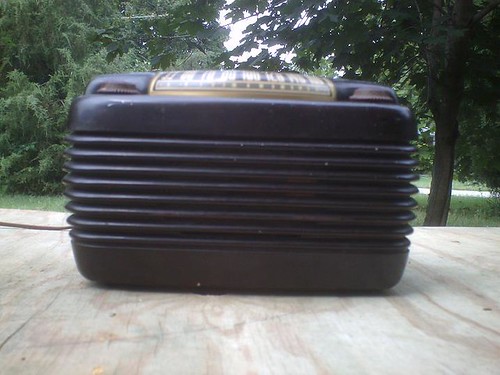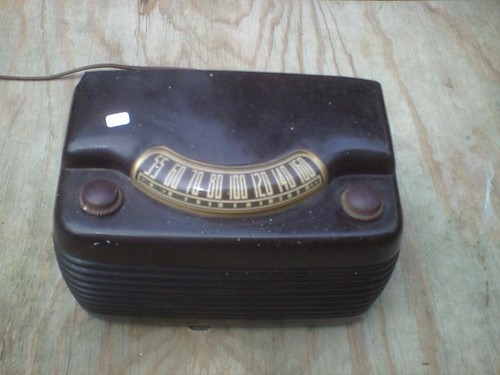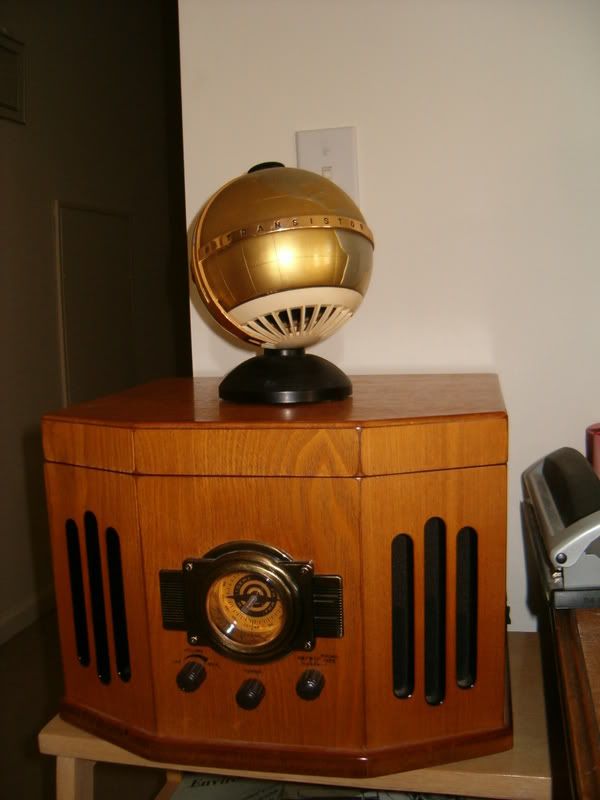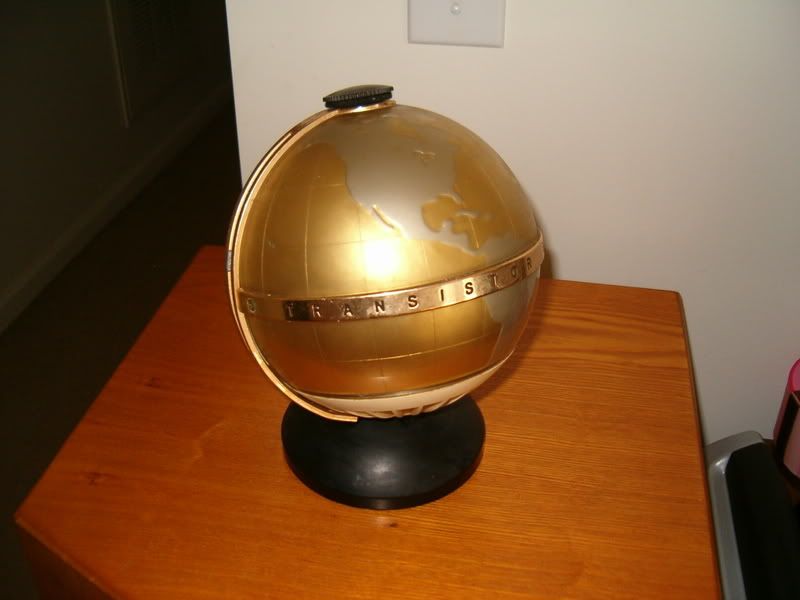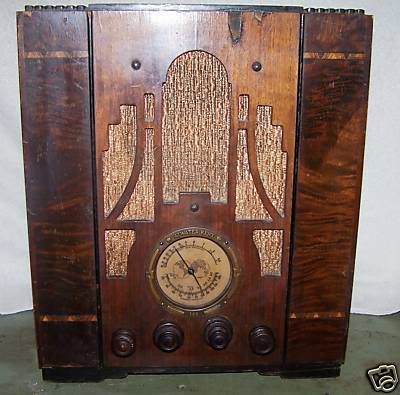RetroToday
A-List Customer
- Messages
- 465
- Location
- Toronto, Canada
UH34D said:...I guess I have to find someone who has experience in old time capacitors?...
You're welcome UH34D, no problem.
Replacing capacitors (aka condensor) is a very common procedure in tube radio repair - not a problem for people who restore them, and sometimes, even for novices. They just cut out the old ones and then re-hook and solder in modern ones that have equivalent or slightly higher power rating. The older capacitors you will commonly see are usually small cardboard tubes with wax, but there are other types in there that probably need servicing as well.
Some radio purists will even keep the shell of the old capacitor and wrap it over the new one to make it appear old. Unless you're repairing the radio you most likely will never see them anyways, they're all underneath the chassis.
Even if some of the old capacitors still seem to work it's best to replace them all, they're bound to fail soon anyways. Radio service people nicknamed this repair a "re-cap".
Here's what the cardboard ones look like, when clipped out:

*Notice the number values on the side of the capacitor, .05 MFD.
MFD = Microfarad (One unit of capacitance)
